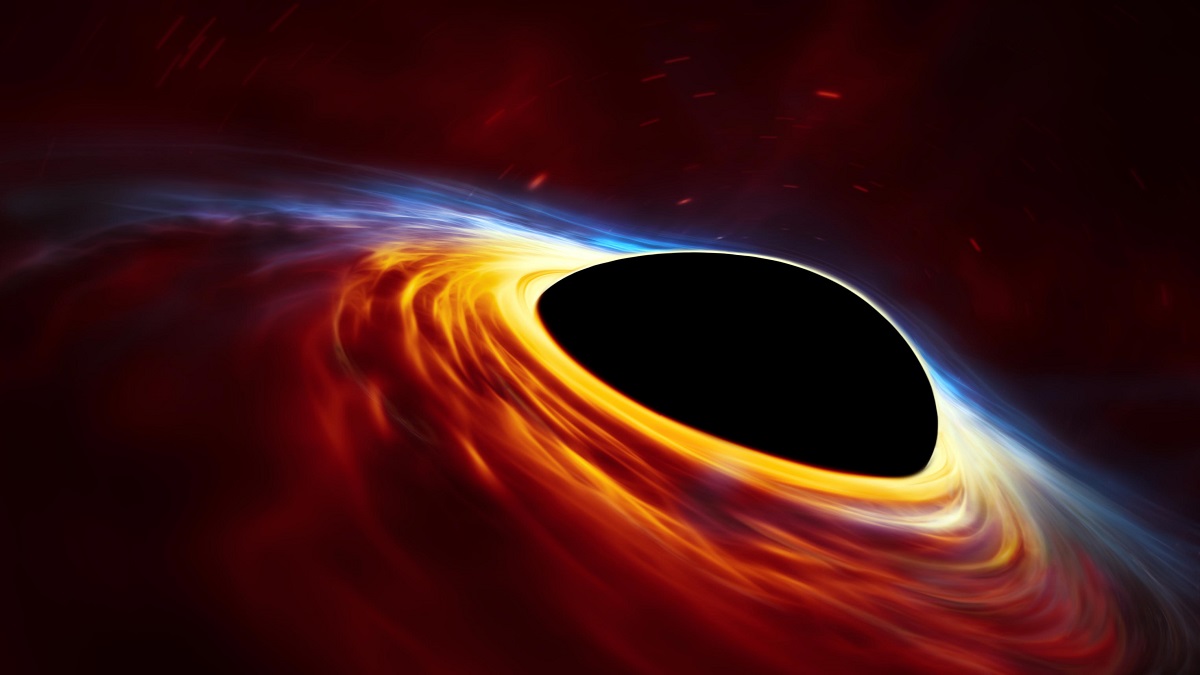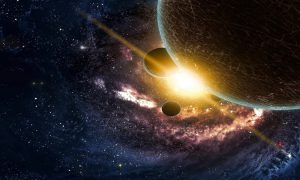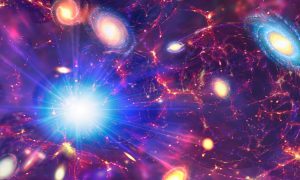On a clear night, one can catch a beautiful sight of thousands of luminous heavenly bodies, apparently serving the purpose of amplifying the charm of the night, but have you ever wondered about the existence of these sparkling balls of burning gases, scattered across the vastness of sky? How many stars do you believe you are seeing? The answer may leave you awestruck! Let’s start from the galaxies. There are some spiral galaxies which have more than a trillion stars, or some giant elliptical galaxies with star count of more than 100 trillion and still there are dwarfs galaxies which have relatively fewer number of stars. The milky way galaxy is one of the obviously observable galaxies having around 400 billion stars. While we marvel at the majesty of the universe.
Let’s have a deeper look into the science of stars, galaxies and black holes.
What Are Stars?
According to definition a star is an astronomical object comprising a luminous spheroid of plasma held together by its gravity. The nearest star to the earth is the sun (some say it is Alpha Centauri). Many other stars can be seen with the naked eye at night, but because of their immense distance from the earth they appear as a fixed point of light.
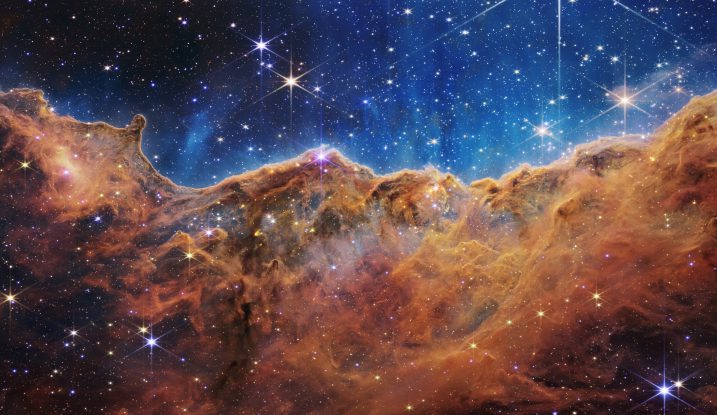
How does the birth of a star occur?
Stars originate from great clouds of gas and dust called nebulae. The process of birth of a star begins when a nebula shrinks and divides into smaller swirling clumps these clumps further turn into small balls that spin at a greater speed and continue to shrink. As these balls become smaller in size the material inside them get hotter and hotter till their core temperature exceeds 18 billion ° F, a massive explosion called nuclear fusion occurs resulting in formation of a new star.
Read More: Russia’s space agency chief declares Venus a “Russian planet”
Life cycle of a star:
The life span of a stars largely depends on the size of a star. The greater the size shorter is the life of a star. Irrespective of the lifespan all stars follow a similar transitional process in a life cycle.
- Nebulae
Nebulae is a cloud of gas and dust. It is mostly hydrogen gas, which is pulled together by the gravity.
- Protostar
As the nebulae divides into smaller mass it gets hotter until a protostar is formed when the hydrogen nuclei fuse together to form helium. The fusion process releases energy which keeps the core hot.
- Main sequence star
This is the stable phase in the life cycle of a star where hydrogen atoms continue to form helium in the core and an equilibrium is maintained to hold the star together. Sun and almost 90% of the stars in the universe are in this stable phase.
- Red giant star
When all the hydrogen is used up in the fusion process, larger nuclei begin to form, resulting in expansion of a star and making it a red giant star.
- White dwarf
When all the nuclear reactions are over, small stars contract under the pull of gravity. They cool down, fades and change colour eventually becoming white dwarf.
- Supernova
Nuclear reactions continue to take place in larger stars and expand as hot masses of energy until they explode as a supernova. An exploding supernova releases huge amount of hot gasses into space.
- Neutron star or black hole
Depending on its size on the start of its life, a supernova leaves behind either a neutron star or a black hole. A neutron stars contain positively charged protons and negatively charged electrons in its core that combine into uncharged neutrons. A neutron star does not produce new, but it is incredibly hot and cools down gradually.
What is a galaxy?
A galaxy is a huge collection of gas, dust and billion of stars and their solar systems, held together by gravity. Our planet earth and its solar system are a part of milky way galaxy. There are a considerable number of galaxies that can’t be even counted. However, some Astronomers believe there are as many as 100 billion galaxies in the universe. Galaxies vary in size from a dwarf galaxy with less than a 100 million stars to supergiant galaxies, the largest known galaxies with around 100 trillion stars. Many galaxies are know to have supermassive black holes in their centers.
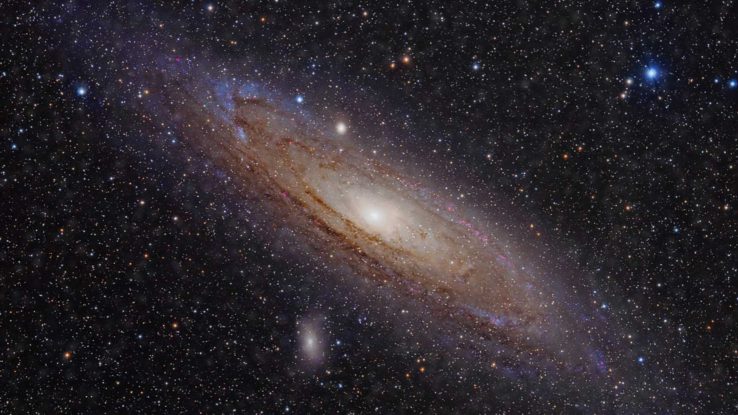
Types of galaxies:
Astronomers categorize galaxies into four main classes based on their visible morphology as viewed through Hubble telescope. Following are the types or classes of galaxies.
- spiral galaxy
Spiral galaxy is recognized by their wide, flat disks of rotating dust and gas. Some spirals have broadly spread arms while others have spirals that are tightly bound. Milky way galaxy is an example of spiral galaxies.
Read More: What Is The Difference Between Astronomy and Astrology? – About Pakistan
- Elliptical galaxy
Elliptical galaxy is called so because of their cylindrical shape and lack of overall structure.
Some elliptical galaxies may be spherical while others are ovoid. They range in size from just a few light years across to being larger than our milky way galaxy.
- Peculiar galaxy
Peculiar galaxy is almost always the result of galactic collision. It is believed that peculiar galaxies comprise around 5 to 10% of all the galaxies which provides an evidence for the fact that galactic collisions occur within the universe.
- Irregular galaxy
Galaxies that do not fall under any of the above mentioned types are labelled as irregular galaxies. These are often small, dwarf galaxies that do not have any specific shape. These galaxies tend to be the companion to other galaxies or satellite to larger galaxies.
What is a black hole?
A black hole is a dense area of such an immense gravity that nothing, not even light, can escape from it. A black hole is in fact a great amount of matter squeezed into a small area. The idea of black hole was first predicted by Einstein’s theory of general relativity, which revealed that when a star, as large as three times greater in size than the mass of sun, dies, it leaves behind a dense, remnant core in which gravity overwhelms all other forces producing a black hole. A black hole cannot be detected with a telescope, however, the presence of a black hole can be detected by its effect on the nearby matters.
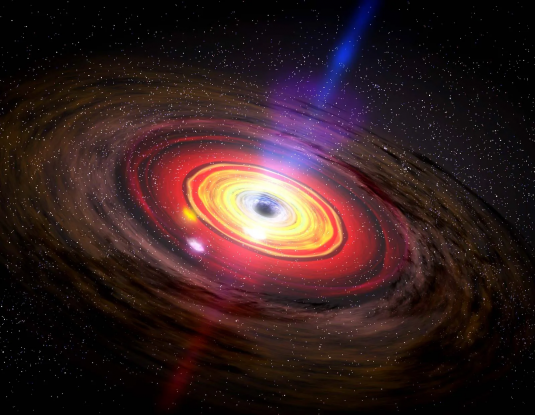
For instance, If a black hole passes through a cloud of interstellar matter, it will draw everything inward in a process called accretion. The singularity constitutes an event horizon, it is a boundary defining the region in space around a black hole from which nothing can escape. In other words the escape velocity for an object within an event horizon, on becomes greater than the speed of light. If something ever happens to reach the event horizon also called as “ point of no return”,it is plunged towards singularity, the centre point of a black hole where density and gravity theoretically approach infinite and the space-time curves infinitely.
Read More: Light detected behind a black hole for the first time, proving Einstein’s theory correct
Types of black holes
Black holes are classified according to their mass. There are three main categories of the black holes that are given below.
- Stellar black holes
Stellar black holes are formed when an extremely massive star, weighing between five to ten times the mass of the sun, collapses. The process is observed as a supernova explosion. These black holes are also referred to as collapsars.
- Supermassive black holes
Supermassive black hole has a mass millions to billions times the mass of the sun. A supermassive black hole is formed when a large star runs out of fuel to support its existence and collapse sometimes with or without a supernova, ultimately forming a supermassive black hole. Our milky way galaxy is a home to a supermassive black hole called Sagittarius A*.
- Intermediate black holes
Intermediate is the class of the black holes that have mass significantly greater than the stellar black holes, but lesser than that of supermassive black holes. Their mass ranges between 10^2 – 10 ^5 solar masses. There are three postulates about the formation of an intermediate black holes the first one is merging of the stellar black holes and other stellar objects by accretion, the second one is collision of the massive stars and collapse of these collided stars into intermediate black holes and the last one is that intermediate black holes are primordial black holes following big bang.
Conclusion
As the astronomy is advancing with each passing day, efforts are being made to study all the stellar objects in broader spectrum. Determination of the exact number of stars, galaxies and black holes, their veiled properties and behaviour are still underway as the discovery of new subjects is paving paths to explore the conundrum of universe in a profound manner. Human of this era, in a literal meaning, aims for the moon and lands among the stars.

